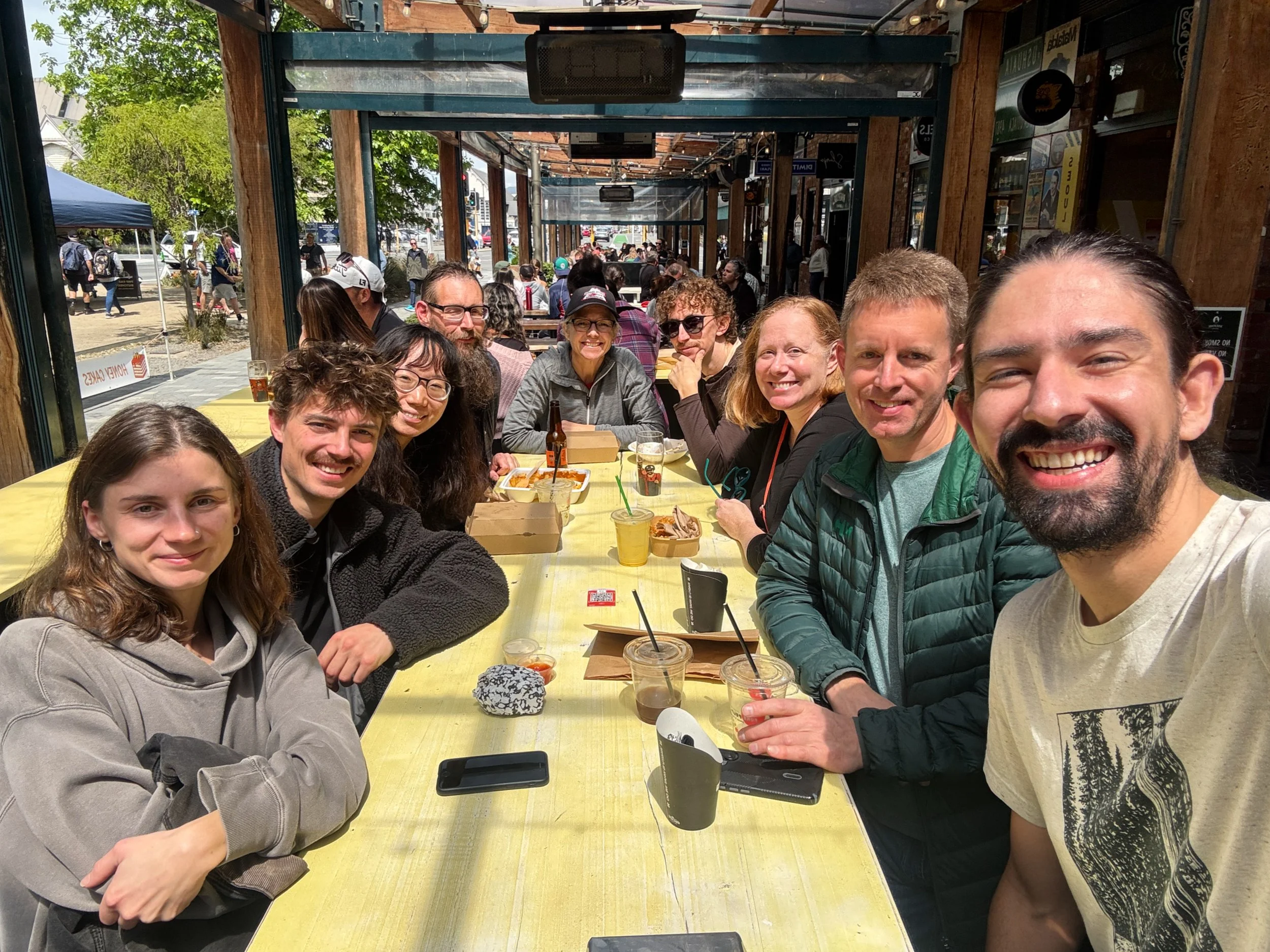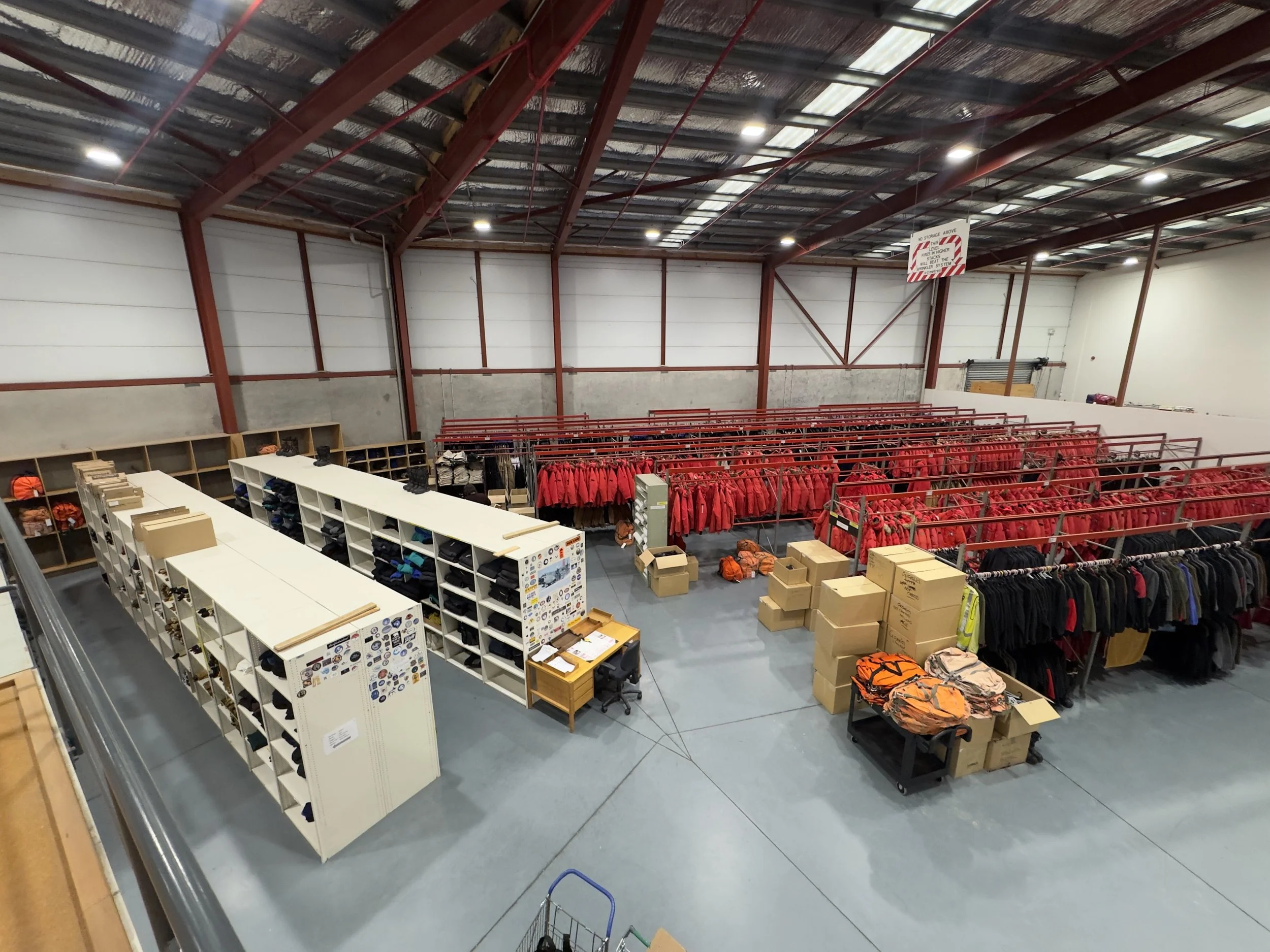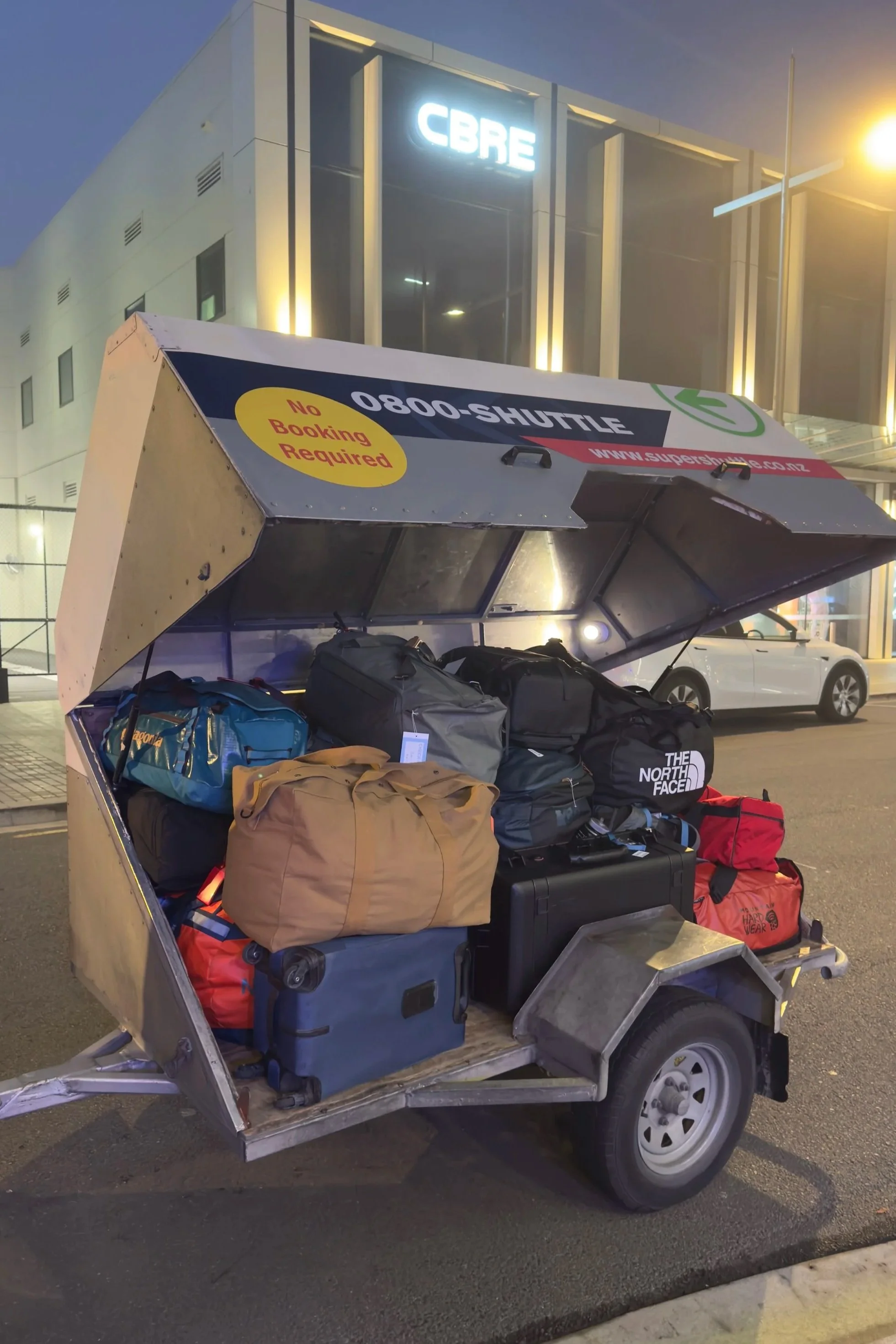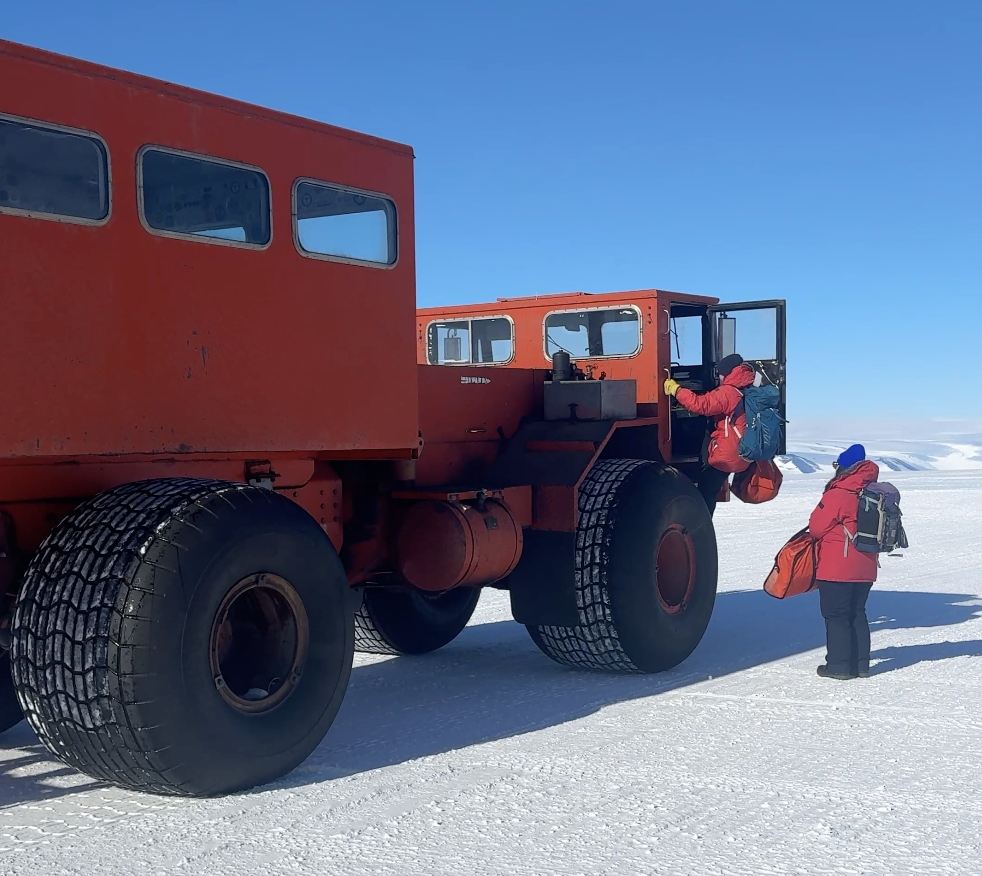The NSF COLDEX team has made it to McMurdo Station
Hello from McMurdo Station, Ross Island, Antarctica! As of this writing, the NSF COLDEX 2025-2025 field team has been “on station” for five days, having arrived on Thursday, November 6. Since then, we’ve reconnected with our intrepid Antarctic Support Contractor team members—Jesse Keck and Branden Joy—inspected our cargo, connected with our on-station support teams, attended a flurry of training sessions, and overall started to acclimate to life in Antarctica.
But let’s back up. Just over a week ago, the science team arrived in Christchurch, New Zealand, after traveling from all over the United States, from New Jersey to Colorado, Minnesota, Wisconsin and more. There, we gathered our things, checked into our hotel, and spent the next day and a half catching up, adjusting to jet lag, and exploring the wonderful city of Christchurch, which for 70 years has served as the gateway city for Americans flying to the United States Antarctic Program’s McMurdo Station in the Ross Sea region of Antarctica.
First team lunch in Christchurch, New Zealand.
The next day, we visited the Clothing Distribution Center, a large warehouse that stores Extreme Cold Weather (ECW) clothing and equipment given to those like us who are deploying to “the Ice.” We each received a kit bag filled with items essential to our comfort, safety, and survival: insulated Carhartt bibs, Baffin boots, gloves and liners, a fleece sweater, a beanie, and the classic “Big Red”—a Canada Goose parka and a visually iconic piece of equipment. The staff at the CDC were there to answer all of our questions and make sure we had everything we would need for our time in Antarctica.
Inside the Clothing Distribution Center.
While we were scheduled to leave the next day, we were notified later that afternoon that our flight had been moved to Thursday. Delays on the way to McMurdo are common, with airplane mechanical issues and dangerous weather conditions being the most frequent reasons to push a flight date. With an extra day to catch up on jet lag and soak up the New Zealand summer sun, the team took some time to keep exploring Christchurch. On Wednesday afternoon, we all received an email with good news: our rescheduled flight on Thursday was a go!
Packed up to catch our flight to Antarctica.
At 5:00 am Thursday morning, the ten of us met downstairs of our hotel and waited for a shuttle to take us to the airfield where a US Air Force C-17 was waiting to take us to Antarctica. After a final video presentation detailing what our arrival to McMurdo would look like and reminding us of what we can and cannot do on the continent (don’t pet the seals!), we were off. As we boarded the C-17, Air Force members gave us bagged lunches: sandwiches, an apple, a brownie, some crackers and cheese, chips, a water bottle. Many of us brought extra snacks.
If you’re never flown in a C-17 or even been in one, it’s quite the experience. Seated on either side of the plane in jump seats, the NSF COLDEX crew faced containers chained down to the floor to prevent them from shifting during the flight. Above our heads, exposed cables, fuselage, and hooks lined the belly of the aircraft. We were offered the opportunity to step into the cockpit and admire the view which became stunning once we started flying over the continent. Mountains and ice as far as the eye could see. What’s more, these perfect conditions meant that our flight would not “boomerang”, or turn around, and that we would land and make it to McMurdo with just a day’s delay.
“The best way I would describe flying in C-17 is: you step into a subway tunnel, sit on the side, and then a few minutes later the subway tunnel starts rumbling and you take off,” says Andrew Haala, Driller with the NSF Ice Drilling Program. “Four and a half long hours later, the subway tunnel gently comes to a stop, and you step onto the ice in Antarctica.”
Landing in the middle of an ice shelf and stepping onto Antarctica for the first time “felt really surreal: like stepping into a photograph,” says Danielle Whittaker, NSF COLDEX Managing Director and Ice Core Handler on this year’s team. A Delta vehicle ferried us to McMurdo, where our ASC teammates welcomed us and helped us get our bearings.
Climbing onto the Delta that picked us up from the airfield.
The last five days have been a whirlwind! In these long days, we have:
Met the entire support team
Checked, double checked, and triple checked that our cargo safely arrived
Learned about the snowmobiles that we will use in the field
Got hands on with GPS units and learned to navigate
Selected our sleeping bags
And more!
And, of course, learning how to live at McMurdo Station. Speaking for myself, it’s been fascinating to see all the moving parts that make life at McMurdo work: from the cooks, janitors, fuel teams, firefighters, housing staff, pilots, cargo teams, search-and-rescue folk, NSF staff, and more: every single person here matters. Thousands of people across many time zones make all of this work happen, and none of it would be possible without them. Everyone we have met so far has been extremely welcoming and as excited to have us on station as we are to be here.
With a little over a week until our scheduled departure to the Allan Hills, where we will be for two months, the next few days at McMurdo will be another flurry of activity. Our next big event before leaving town: field safety briefings and our Deep Field Shakedown, which is an overnight practice of what life in camp will look like.






And that’s that! We’ll be back with more updates next week!
~ Martin Froger Silva, NSF COLDEX Digital Content Coordinator and I-187M Ice Core Handler.
As a reminder, we’ll be updating you throughout the field season via this newsletter and our blog. We’ll also be posting images, videos, and more on our Instagram and LinkedIn accounts, so follow us there if you haven’t done so already!
NSF COLDEX thanks the United States Antarctic Program for logistical support, with coordination and support from NSF Office of Polar Programs, NSF Antarctic Infrastructure and Logistics Program, the NSF Ice Drilling Program, the NSF Ice Core Facility, and the Antarctic Support Contractor.




